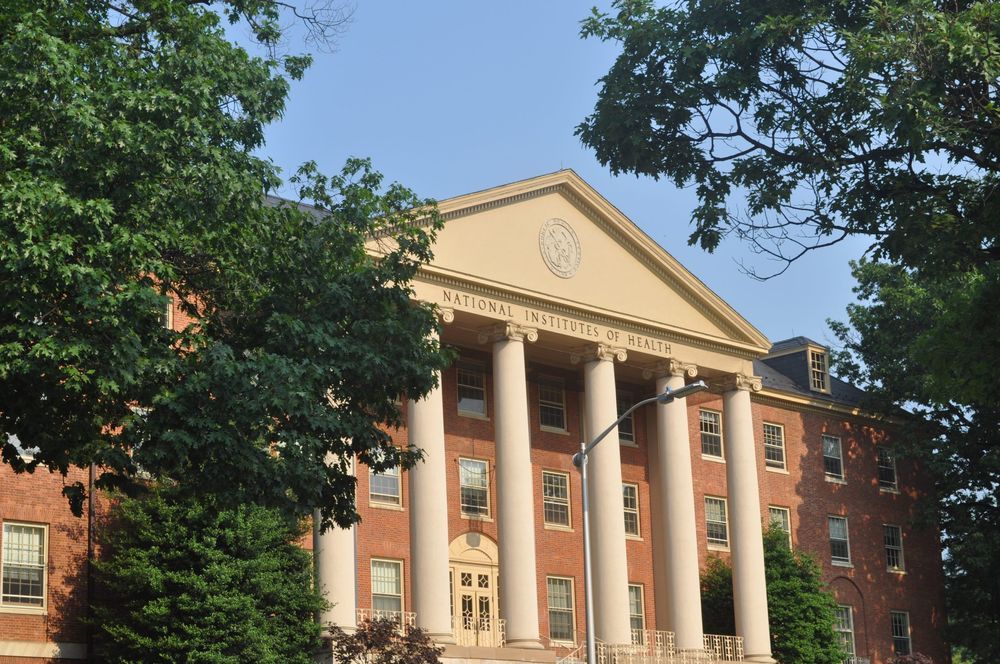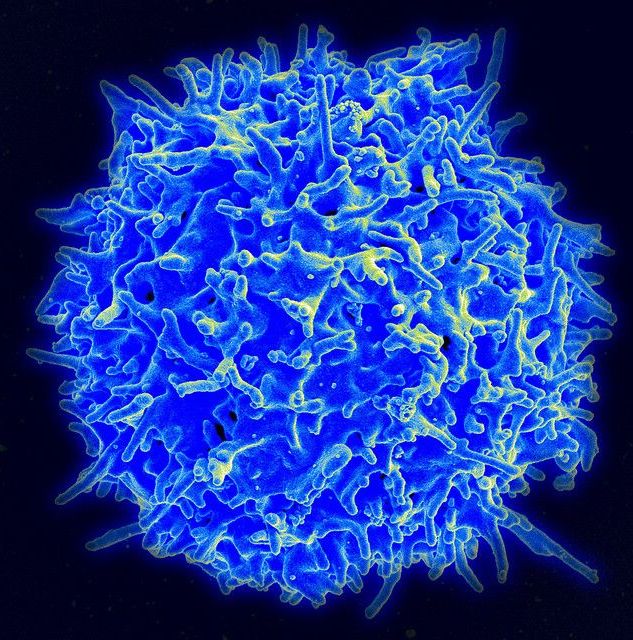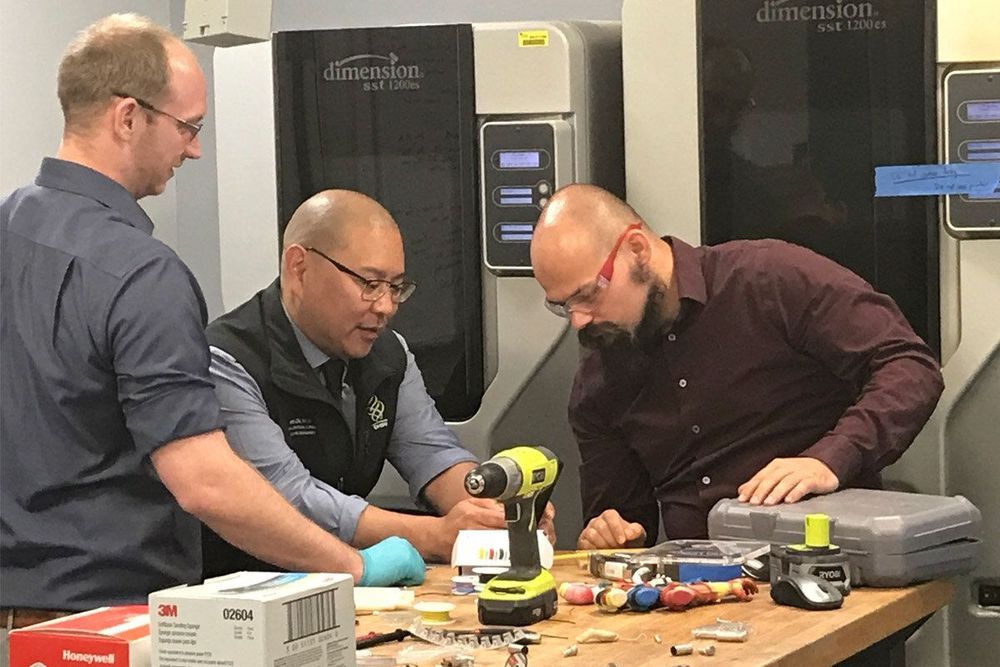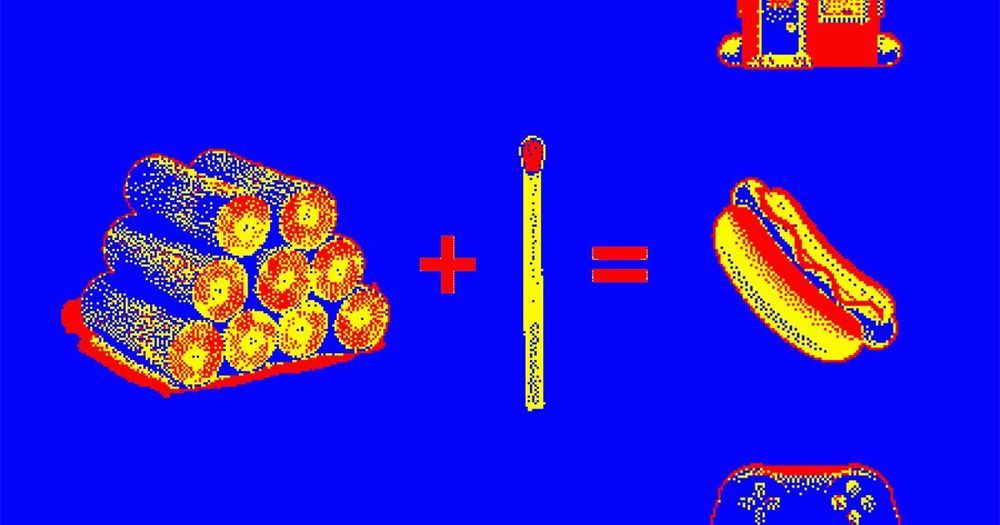NIH mobilizes national innovation initiative aimed to speed delivery of accurate, easy-to-use, scalable COVID-19 tests to all Americans.


More than 100 weapons were found at 12 locations.

The Max Delbrück Center for Molecular Medicine is devoted to biomedical research with the aim of understanding the molecular basis of health and disease and translating findings as quickly as possible into clinical applications. Better prevention, diagnosis and treatment of diseases are the ultimate goals.

Researchers at Stanford University have recently carried out an in-depth study of nematic transitions in iron pnictide superconductors. Their paper, published in Nature Physics, presents new imaging data of these transitions collected using a microscope they invented, dubbed the scanning quantum cryogenic atom microscope (SQCRAMscope).
“We invented a new type of scanning probe microscope a few years ago,” Benjamin L. Lev, the researcher who led the study, told Phys.org. “One can think of it like a normal optical microscope, but instead of the lens focused on some sample slide, the focus is on a quantum gas of atoms that are levitated near the sample.”
In the new microscope invented by Lev and his colleagues, atoms are levitated from an ‘atom chip’ trapping device using magnetic fields, until they are merely a micron above the sample slide. These atoms can transduce the magnetic fields that emanate from the sample into the light collected by the microscope’s lens. As a result, SQCRAMscope can be used to image magnetic fields.

Cytokine storms may affect the severity of COVID-19 cases by lowering T cell counts, according to a new study published in Frontiers in Immunology. Researchers studying coronavirus cases in China found that sick patients had a significantly low number of T cells, a type of white blood cell that plays a crucial role in immune response, and that T cell counts were negatively correlated with case severity.
Interestingly, they also found a high concentration of cytokines, a protein that normally helps fight off infection. Too many cytokines can trigger an excessive inflammatory response known as a cytokine storm, which causes the proteins to attack healthy cells. The study suggests that coronavirus does not attack T cells directly, but rather triggers the cytokine release, which then drives the depletion and exhaustion of T cells.
The findings offer clues on how to target treatment for COVID-19, which has become a worldwide pandemic and a widespread threat to human health in the past few months. “We should pay more attention to T cell counts and their function, rather than respiratory function of patients,” says author Dr. Yongwen Chen of Third Military Medical University in China, adding that “more urgent, early intervention may be required in patients with low T lymphocyte counts.”

Sophos rushed patches to users of its popular XG Firewall network system following reports the company received last week that hackers were actively exploiting an SQL injection vulnerability.
The assault involved the downloading and installation of a series of scripts designed to steal user names, passwords and other sensitive data.
“At this time, there is no indication that the attack accessed anything on the local networks behind any impacted XG Firewall,” Team Sophos said. But they did not rule out the possibility of compromised data.
Researchers at Technische Universität München in Germany have recently developed an electronic skin that could help to reproduce the human sense of touch in robots. This e-skin, presented in a paper published in MDPI’s Sensors journal, requires far less computational power than other existing e-skins and can thus be applied to larger portions of a robot’s body.
“Our main motivation for developing the e-skin stems from nature and is centered on the question of how we humans interact with our surrounding environment,” Florian Bergner, one of the researchers who carried out the study, told TechXplore. “While humans predominantly depend on vision, our sense of touch is important as soon as contacts are involved in interactions. We believe that giving robots a sense of touch can extend the range of interactions between robots and humans—making robots more collaborative, safe and effective.”
Bergner and other researchers led by Prof. Gordon Cheng have been developing e-skins for approximately ten years now. Initially, they tried to realize e-skin systems with multi-modal sensing capabilities resembling those of human skin. In other words, they tried to create an artificial skin that could sense light touch, pressure, temperature, and vibrations, while effectively distributing its sensing across different places where tactile interactions occurred.

A research collaboration and ensuing friendship between a trauma surgeon in Oregon and a handful of engineers in Florida has resulted in a new ventilator design that requires no electricity and could be a game-changer during the COVID-19 pandemic.
Albert Chi, who specializes in critical care and prosthetics, was keeping a close eye on COVID-19 during the early days. He immediately began working with his team at Oregon Health and Science University to develop a new, easy way to replicate ventilators that could be deployed anywhere. Specializing in trauma, Chi as a retired commander of the U.S. Navy Reserve and well versed in extreme conditions.
When Chi had a design, he called his friend and clinical-trial collaborator Albert Manero CEO and co-founder of Limbitless Solutions in Orlando, Florida.


An unconscious person’s response to odors after a serious brain injury may be a simple yet powerful signal of how aware they are and how likely they are to survive and recover, a new study suggests, relying on responses to the scent of shampoo and the stench of rotting fish.
Patients who survive brain damage from trauma, stroke, or heart attack are plunged into forms of unconsciousness that vary from minimal consciousness to unresponsive wakefulness, sometimes called a vegetative state. Specialists trying to tell who is in which state have fared only a little better than a coin flip: About 4 in 10 people thought to be unconscious are actually aware.
That uncertainty makes decisions for families and clinicians supremely difficult, from weighing how to treat pain to whether to withdraw life support. Sophisticated imaging of unconscious patients’ brain activity can reveal hints of awareness that go beyond behavioral assessments, sometimes only to deepen the mystery of who will get better. Now Israeli scientists have turned to the sense of smell, evolutionarily speaking our most ancient sensory system, as a window into our brain. Their paper appears Wednesday in Nature.